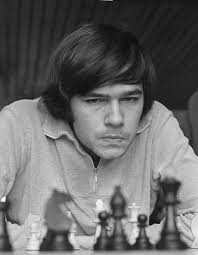RIP Walter Browne.
http://en.chessbase.com/post/walter-browne-dies-in-his-sleep-at-66
Here are two games of his.
Walter Browne–Kerry Lawless San Francisco 1969
Yaacov Bleiman–Walter Browne Nathanya 1971
In both games, Browne justifies unusual ideas with powerful play. Thank you for leaving us your games, Walter.

http://en.chessbase.com/post/walter-browne-dies-in-his-sleep-at-66
Here are two games of his.
Walter Browne–Kerry Lawless San Francisco 1969
Yaacov Bleiman–Walter Browne Nathanya 1971
In both games, Browne justifies unusual ideas with powerful play. Thank you for leaving us your games, Walter.


